This ultimate maintenance guide will teach you two basic methods of cleaning studio monitors with their different parts, importance of doing so and much more!
Studio equipment is not only expensive to buy, but they also require proper maintenance to produce top-notch performance. It is essential to keep your studio gears safe from dust and humidity after months of use. Otherwise, you won’t be able to use them for long. As many people want to know this, today, we will discuss how to clean studio monitors so that you don’t end up damaging them while cleaning.
Related Reviews:
The monitor speakers are the most important component of a studio monitor since it is directly responsible for the captured audio quality. Therefore, our article would heavily focus on how to clean dust from speakers. For your convenience, we will break down the entire process into several steps. But, before we get into that, let’s highlight the integral parts of a studio monitor.
Different Parts Of Studio Monitors
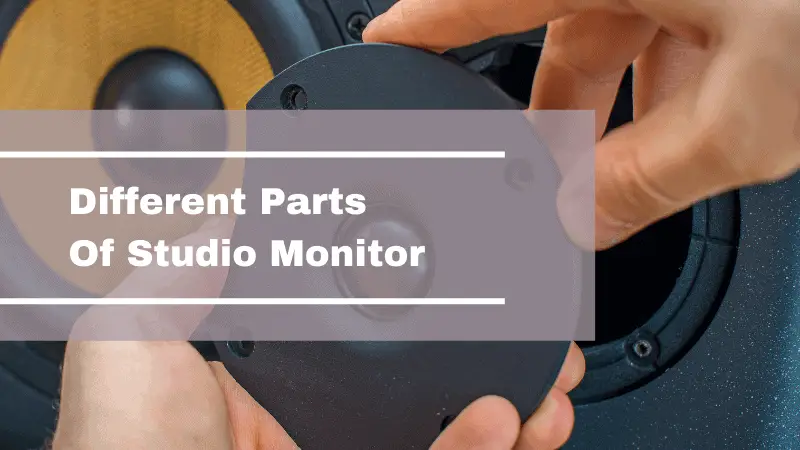
In the following sections, we would talk about basic studio monitor components. You can find more features in more advanced setups, but we will stick to the fundamentals.
1. Woofer
Woofer imitates low-mid and low-frequency sounds. In simpler words, it is the part that captures bass. It has to be larger than the tweeter, which produces treble so that it can generate longer wavelengths and lower frequencies. Woofers are also known as Low-Frequency drivers, aka LF drivers. Polypropylene and Kevlar are the most common materials to build woofers.
Upon disassembling a woofer, you would find the following components:
A. Woofer Cones
View On Amazon
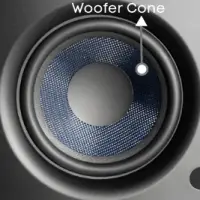
B. Rubber Surrounds
View On Amazon
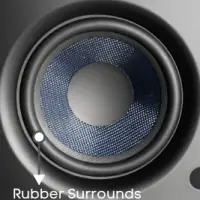
C. Dome
The dome is the circular shaped object that sits in the center of the cone. The task of a dome is to distribute high-frequency sound. The smaller the dome size, the larger the frequency it is capable of broadcasting. A dome is the most vulnerable component of a woofer. So, you need to be watchful while cleaning it.
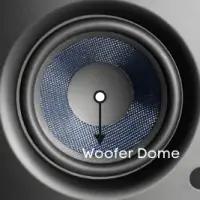
Pro Tip: Use dust cap for your woofer dome.
View On Amazon
D. Driver
View On Amazon
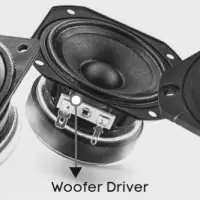
E. Magnet
The magnet that surrounds the driver has a key role to play in sound production as well. When electricity passes through the driver, the magnet generates a magnetic field. The electricity and magnetic field interact with each other. The counteraction of these two forces causes vibrations in the cones and produces sound.
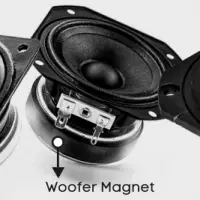
2. Tweeter
View On Amazon
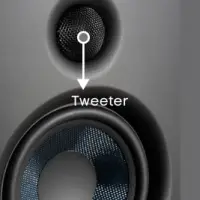
3. Cabinet
View On Amazon
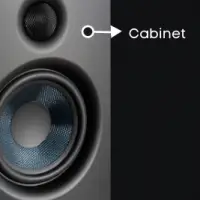
Importance Of Keeping Your Studio Monitors Clean
Before you learn how to clean studio monitors, we will focus a bit on why you should be doing it in the first place. A studio monitor that has not been cleaned in a while will compromise your recording quality in a variety of ways. As dust and grime continue to build up inside the unit, the studio monitor will lose functionality over time.
Besides the drop in performance, the loss of aesthetics is also a genuine concern. The audio equipment we have in our studios is not just mere tools we use for a profession. They reflect our passion for music. So, wouldn’t it be great if the instruments keep on shining and sparkling for years to come? It doesn’t take that much of an effort to clean them.
The 2 Methods Of Cleaning Studio Monitors
As important as it is to clean your studio monitors regularly, you shouldn’t do it unless you know how to clean these the right way. You can’t use random household cleaners to clean them. The wrong approach could accelerate the demise of your system. Therefore, make sure you know the ins and outs of studio monitor cleaning before you try it.
There are two main ways of doing this. You can use a cloth to clean, or you can take the help of a brush and a vacuum cleaner. We will detail both procedures below:
1. Cloth Method
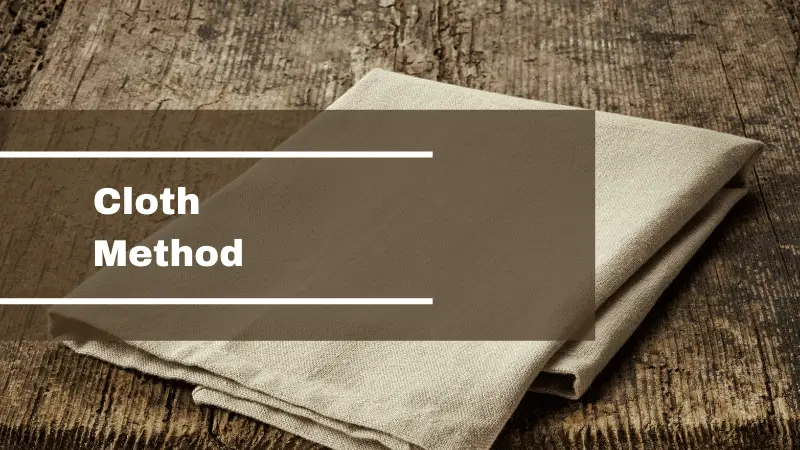
If you clean your studio monitor regularly, the cloth method should suffice. It is an effective course of action to clean a monitor with minimal dust on it. You can just use a dry piece of cloth, or you can soak it in water and wipe the monitor. However, you need to be mindful of the cabinet material so that it does not get affected.
Wet cleaning is not essential unless there is fungus growth on the monitor or you need to get rid of resilient stains. You can rub the cabinet, cone, and rubber surroundings with a wet cloth. The piece of non-abrasive fabric that accompanies a spectacle box is perfect for this. It has the ideal texture to clean woofer cones and other sensitive areas without damaging or scratching.
View On Amazon
Be extra careful when you are cleaning the rubber surround and woofer cones. Remember, a subtle push of extra pressure could be enough to impair the surface of the cone. The dome is even more sensitive, so keep your fingers away from it. Don’t touch it without the fabric. If you exert more pressure, the dome will get puckered.
After a complete rub, check the unit for leftover dust. If there is more dust, give it another wipe. Other than fungus and stain, a dry cloth wipe would be a simple and working method to clean your studio monitor. To remove fungus, bacteria, and stain, you have to use a wet cloth and conduct a smooth, thorough wipe.
We must reiterate the significance of applying the right amount of pressure. Be mindful that the pressure remains gentle and smooth. The woofer and tweeter parts can get damaged easily. So, you have to keep the pressure to a minimum while cleaning them. The wet cloth method is a strict no-no if the woofer is made of treated paper. Stick to dry cloth cleaning.
2. Brush And Vacuum Cleaner Method
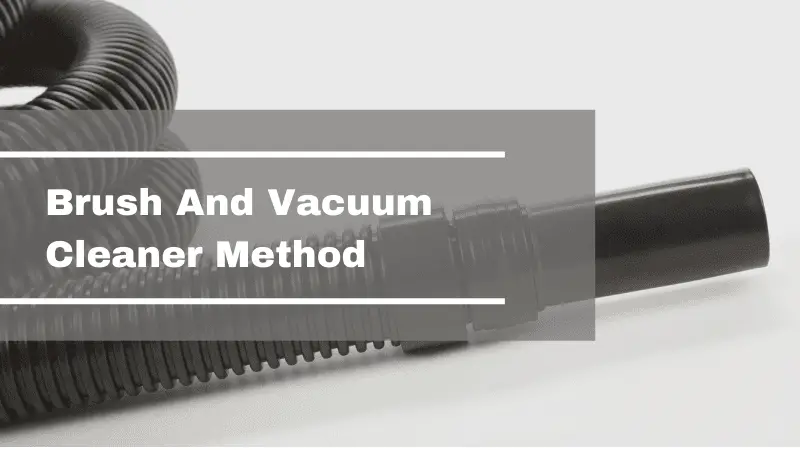
Alternatively, you can use a brush and a portable vacuum cleaner to clean your studio monitor. You need to use both apparatuses simultaneously to ensure end-to-end cleaning. Take the vacuum cleaner in your one hand, and pick up a brush with your other hand. Now, run the vacuum cleaner side by side as you dust off the cone with the brush.
How To Clean Studio Monitors? (The Different Parts)
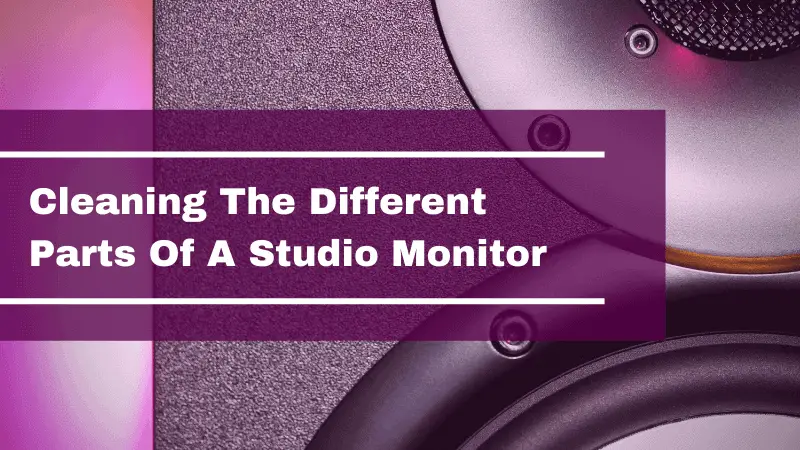
Now, let’s get into cleaning the different parts of studio monitors:
Cleaning The Woofer Cone
How to clean speaker cones? This is one of the most frequently asked questions by speaker owners because it is one of the most delicate parts of the device. A Woofer is basically a modified form of loudspeaker that generates bass sounds. So, you would face similar difficulties cleaning a woofer cone as well.
You can use a microfiber cloth to clean woofer cones. Dry ones are the safest ones to go with. Wet cloth wiping is necessary for some instances. For example, dry cloth won’t remove stains or eradicate bacteria. That said, if your woofer cone is made of treated paper, exposure to water is almost guaranteed to ruin it.
You can also use a brush and a vacuum cleaner in unison, as we had discussed earlier. Use the brush to manually dust off the cone while the vacuum cleaner would pick out the remaining dust. Just like a dry cloth, a dry brush won’t do away with stains and microbes. But, refrain from using wet brushes on treated paper woofer cones.
Cleaning The Rubber Surrounds
The rubber surround portion of the woofer is the most susceptible to accumulating dust and grime. Over time, it would often take on a discolored, worn-out look. If the area takes on a whitish shade, then it indicates the existence of fungus. There are ways to remedy this situation, but the rubber usually continues to deteriorate after contracting fungus.
In the long run, you will have to think about getting a replacement—the rubber surround or the diaphragm function as suspension support for the driver. A change in rubber density would alter the frequencies and, of course, jeopardize sound precision. Unsurprisingly, this would have a negative impact on your recordings.
But what can you do to improvise? If getting an immediate replacement is not possible, then you should clean your rubber surroundings with coconut oil. Pour some coconut oil into a piece of cloth and gently spread it across the surface of the rubber surround. Later on, rub the surface smoothly with a piece of dry cloth. The white blotches should become invisible.
For regular cleaning, don’t apply moisture on the rubber surround surface. Just wipe it with a dry cloth, or use a vacuum cleaner to remove the dust. We know this sounds irritatingly repetitive by now, but we must remind you once again that you can’t apply excessive pressure while cleaning the rubber surround. Be as subtle as you can.
Cleaning The Woofer Dome
The woofer cone and the dome share a lot of similarities in building materials and functionality. You can use the same cleaning techniques we had documented for woofer cones. However, you do need to exercise an extra bit of caution because it is even more fragile in nature. You need to be as delicate as possible while caring for woofer domes.
You can simply use your mouth to clean the dome. You can blow the dust off the dome. This would prevent the dome from getting pushed or damaged. If there is more dust on the dome afterward, then just leave it there. A vacuum cleaner is a bit risky to use on a dome because the suction force can rupture it.
Cleaning The Driver
The dome is located right in front of the driver. So, there is no need to clean the driver. It remains well insulated from the outside world.
Cleaning The Magnet
The magnet is another internal part of a woofer that doesn’t need dedicated cleaning. The woofer cones protect it from the environment.
Cleaning The Tweeter
You can clean a tweeter the same way you clean a woofer dome. Alike domes, tweeters also require delicate handling. Avoid touching it with your fingers. Using a microfiber cloth or vacuum cleaner could also be dangerous. You can try blowing the dust off with your mouth, as we had recommended for the woofer.
Stuck With Pushed Tweeter Dome
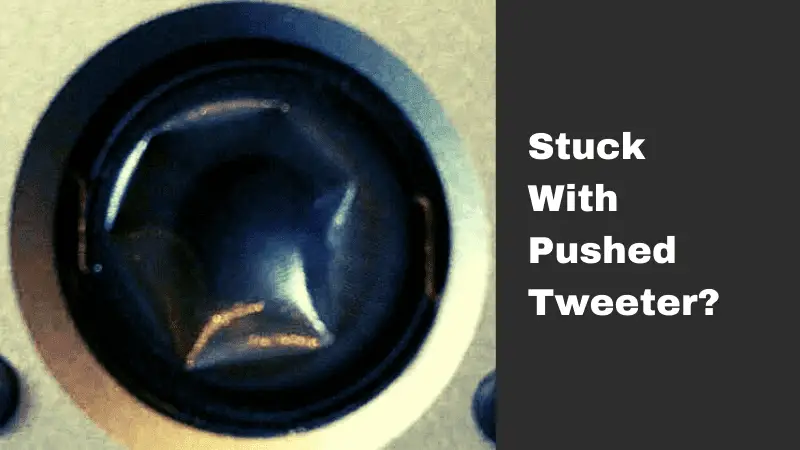
Pushed tweeter domes are an inconvenience studio monitors owners have to deal with regularly. Maybe a child got curious seeing it and then tried to press the tweeter dome mistaking it for a button. Before you intervene, the damage is already done! A tweeter dome would flatten upon minimal contact. So, despite being cautious, it’s hard to avoid.
Here’s How To Fix It!
Thankfully, there is an easy way out of this disaster! Put your lips around the tweeter and make a tight enough seal to create a vacuum. Then start suctioning the air. Build up the force gradually; otherwise, the dome could get damaged. Shortly, you would see the dome popping out.
Here’s another method which can be a handy one:
You need to do this as soon as the dome gets pushed to prevent permanent damages to it. If you delay acting, the diaphragm would realign itself and make it nearly impossible for the dome to be restored in its original position. Even after you fix the dome, it could sustain minor damages and hamper the sound quality.
Cleaning The Cabinet
A ‘how to clean studio monitor’ instruction manual would remain incomplete without mentioning how to clean the cabinet. It is the sturdiest part of a studio monitor unit, so it is more forgiving in terms of cleaning materials and handling. You can take a dry or wet piece of microfiber cloth and rub it over the cabinet surface.
But, you must not forget to unplug the system before you wash it with a wet cloth. It is better to disconnect the electric supply when you are using a dry cloth or brush too. And after using a wet cloth, you would need to wipe the entire cabinet with a dry cloth to soak up the moisture. Avoid using a vacuum cleaner for cleaning cabinets.
Bonus Tip 1. Fixing A Scratch On The Cabinet
In order to fix a scratch on your cabinet, you need to know what material has been used to build it. If the scratch is small and hard to notice, there is a quick fix for it. Use a marker pen that matches the color of the cabinet and color over the scratched region. Unfortunately, a marker won’t be able to hide the scratch if it is too big.
You can contact the manufacturer or the dealer you had bought it from to patch up the scratch. But, trying to address the issue by yourself without proper knowledge of what you are doing, could backfire and inflict more scratches and dents on the cabinet. However, a scratch would only hurt the visual allure of the unit. The audio quality will remain unaffected.
Bonus Tip 2. Cleaning Your Studio Monitors (Do’s & Don’ts)
Here are some of the things you should do and some of the things you should avoid while cleaning your one of the most essential recording equipment: studio monitors-
The Do’s
- Disconnect the power supply of the unit before attempting to clean it.
- Only use a non-abrasive, microfiber cloth.
- Only use vacuum cleaners suited for cleaning desktop computers.
- Apply minimal pressure while cleaning sensitive parts.
The Don’ts
- Don’t use a vacuum cleaner instead of mouth suction to draw out pushed tweeter domes.
- Never use wet cloth on treated paper made components.
- Don’t use anything other than coconut oil to remove white marks from rubber surrounds.
- Don’t use markers to cover large cabinet scratches. It would make it look even uglier.
Final Thoughts
Hopefully, you have learned how to clean studio monitors properly by reading our article. Now that you are done reading, it is time to give your studio monitor a pro-grade cleaning that it has always deserved. Keep your studio monitor clean, and it will reward you with years of top-notch service.
